There were countless superheroes who graced newspaper comics long before heroes like Superman shot into the realm of comics. “The Phantom,” also known as “The Ghost Who Walks” and “The Man Who Never Dies,” was one of the first. Phantom’s creator, Lee Falk, was inspired by many historical and mythological figures such as Zorro, Tarzan, King Arthur, Robin Hood, and others to create this purple superhero. With features like white eyes under his mask and wearing underpants over his pants, he was a superhero pioneer.
Several superheroes, including the Green Lantern and Batman, later had white eyes without pupils, and we all know how Superman dresses. Phantom initially appeared in 1936, but since then, various well-known comic book companies, such as Marvel and DC Comics, have developed comic books or TV episodes centered exclusively on him. Billy Zane starred in the live-action adaption “The Phantom” in 1996. Phantom is a figure whose origin, powers, and demeanor appear to have influenced many well-known superheroes, and he deserves a film worthy of his status.
Powers, Abilities, and Weapons
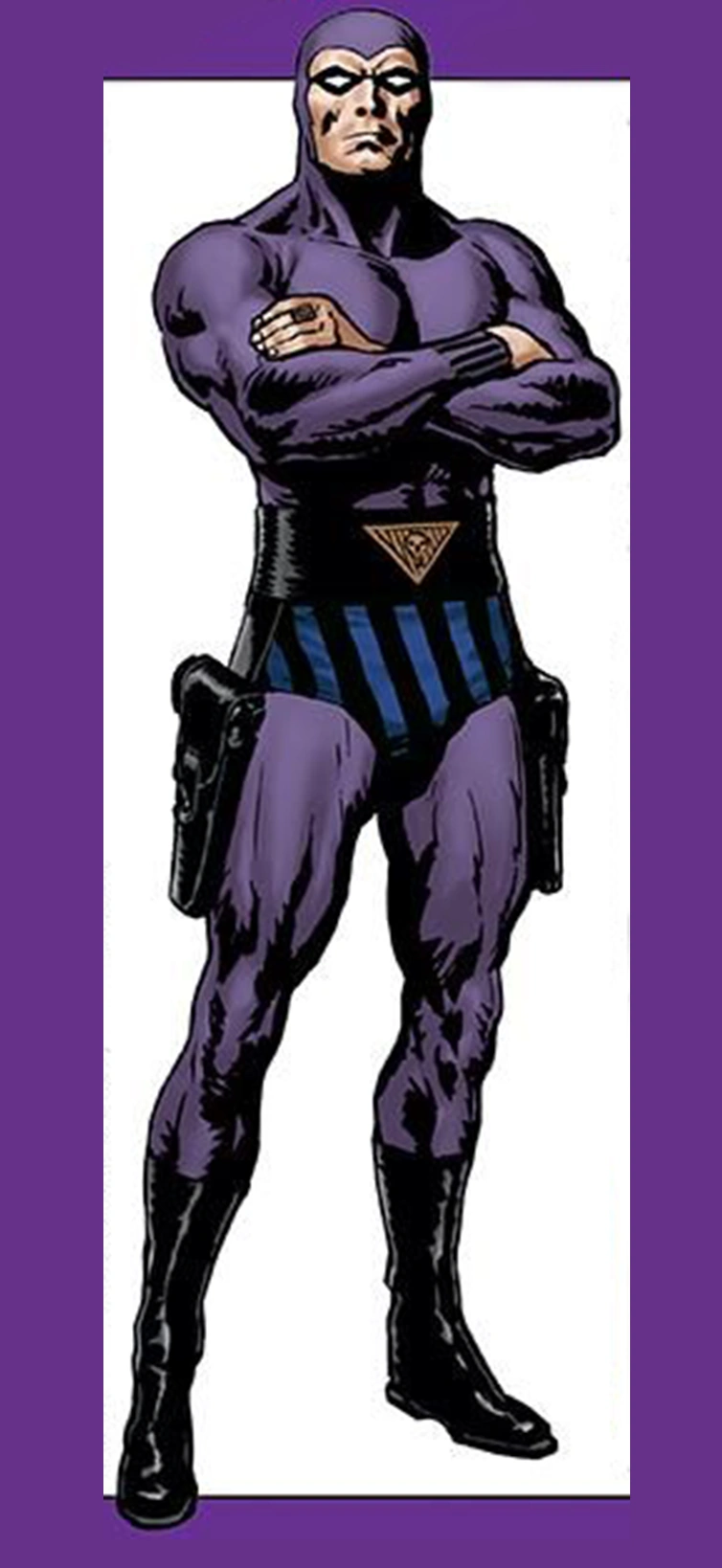
The Phantom is not a guy with superhuman powers or abilities, he’s just an ordinary guy who fights crime and criminals with his wits and fists. However, he excels in several forms of martial arts, has a pair of .45 caliber pistols, is a master of many languages, and from the frame of reference of an ordinary man, he is in the best possible shape with great strength, speed, and stamina. The Phantom dresses in a purple skin-tight outfit, but the earlier editions were mostly in black and white or even blue because printing the purple color was expensive and unviable back then. There have been 22 Phantoms until now, which gives the impression that he’s a man who never dies. However, there have been female Phantoms as well.
The Phantom Started As A Daily Newspaper Strips
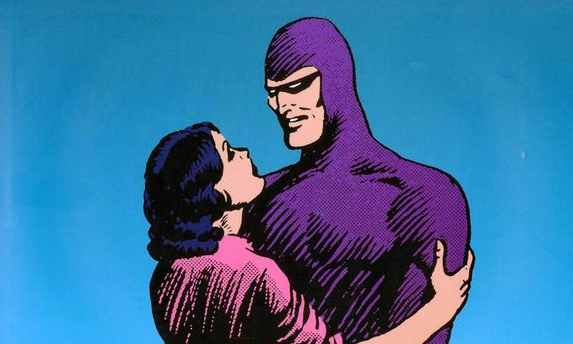
In the famous story “The Singh Brotherhood”, the Phantom started his obliteration of piracy, greed, cruelty, and injustice in a daily strip on February 17th, 1936. Lee Falk, the creator of “Mandrake the Magician”, not only wrote the story but also penciled the initial issues. However, the first prominent artist to draw ‘The Man Who Cannot Die’ was Ray Moore. On May 28th, 1939, the Phantom jumped to the Sunday strips. After Ray Moore went to serve in the second world war, his assistant Wilson McCoy took the reins. This was the period when The Phantom saw his peak of fame and appeared in thousands of newspapers throughout the world.
After McCoy died in 1961, artists Carmine Infantino and Bill Lignante briefly served as McCoy’s successor, and would later go on to draw The Phantom stories for the comics. However, a more permanent artist was needed, and Sy Barry took up the role. It was Barry and Falk who gave the Phantom a modern look. Lee Falk continued writing the comics until his death in 1999. Interestingly enough, the last two Sunday Strips named “Terror at the Opera” and “The Kidnappers” were finished by Lee’s wife, Elizabeth Falk. Later respected comic artists, Graham Nolan and Paul Ryan took over the reins.
‘The Ghost Who Walks’ Enters The World of Comics

As many of you would know, The Phantom has had various versions in different parts of the world, like the United States, the Scandinavian countries, Australia, India, etc. In the United States, Phantom has graced several comics with his presence. Through the forties, Ace Comics published several strips into comics. After Ace Comics, other publications like Gold Key Comics, King Comics, Charlton Comics published Phantom comics up till 1977. After this point, it was time for the big guns of the comic world like DC Comics to take up the harness.
They published Phantom Comics from 1988 to 1990. DC changed the way Phantom operated and made him indulge in real-life problems like modern piracy, hunger, pollution, and racism. The DC comics garnered critical and public acclaim but got canceled owing to certain licensing issues. Interestingly, Marvel too had published a four-issue comic in 1987, and then in 1994, they published a mini-series where Phantom was portrayed as a more futuristic and tech-savvy hero. Marvel also published a comic series based on the TV series Phantom 2040.
Later, Moonstone started publishing Phantom comics, a venture that would take them to great heights. Apart from the Scandinavian countries, Phantom was fairly popular in countries like Australia and India. In India, Phantom has had a long and successful publishing history and initially appeared in the early 40s, close to the time when Phantom got published across the world. Publications like The Illustrated Weekly of India and Indrajaal Comics published the comics in several Indian languages, including English. The Indian comics were basically reprints of Lee Falk’s Sunday and daily strips.
The Phantom’s Origin
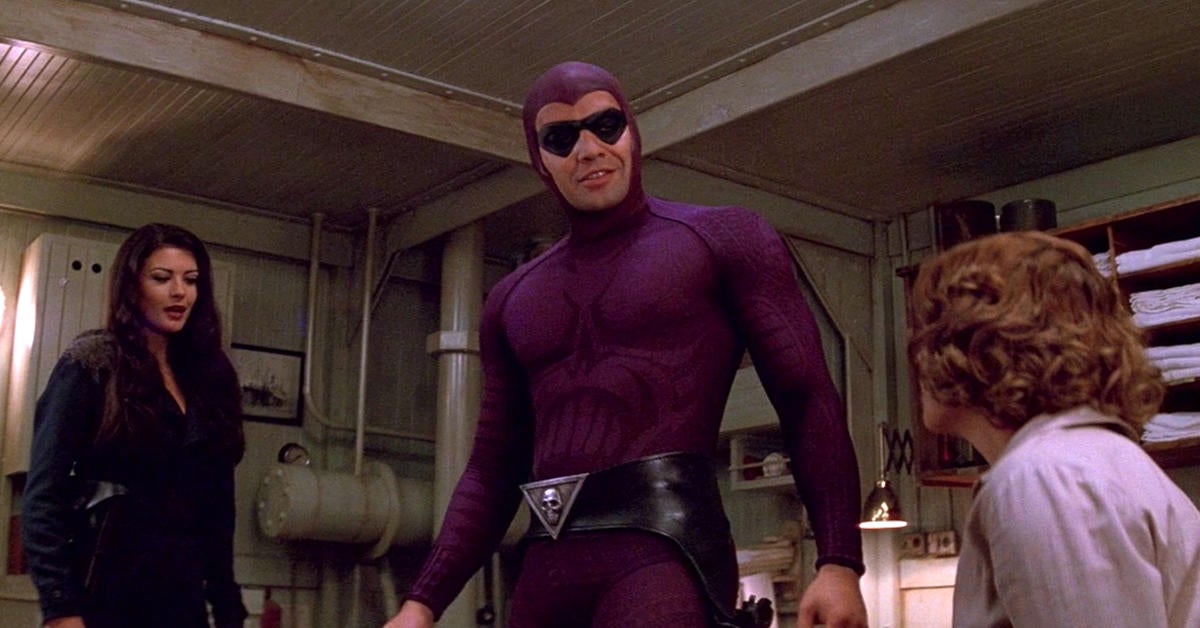
Phantom’s story started with a young sailor named Christopher Walker. However, he has also been called Christopher Standish in specific versions. Born in Portsmouth in 1516, his old man belonged amidst the sea since childhood and was one of the cabin boys on Columbus’ ship named Santa Maria that sailed to America in search of India. At the age of ten, Christopher Walker got inducted into his father’s ship as a ship-boy. When Christopher was 20, he joined his father on the latter’s last voyage; the ship got attacked by pirates, and the old man lost his life.
The young Christopher was the sole survivor of the gruesome attack and was washed up on the beaches of Bengalla, where the Bandar tribe found him. Bandar in Hindi means a monkey, a fairly derogatory term there! Nevertheless, the Bandar tribe’s pygmy people nursed him to health. It was here that he took the Oath of the Skull; “I swear to devote my life to the destruction of piracy, greed, cruelty, and injustice, in all their forms! My sons and their sons shall follow me.” They showed him to a cave that resembled a human skull, and this Skull Cave would later become his home.
The jungles of Bangalla, a fictional African country, are plagued with rumors and myths of ‘The Ghost Who Walks’ or ‘The Man Who Cannot Die’. Bangalla was called so in the 1996 film, yet until the 1960s, it was portrayed as a country near India instead of Africa. Phantom operates from Bangalla and has set up his base of operations in a part of the jungle known as the Deep Woods. The term Bangalla comes from people who speak the language of Bengali, which is prevalent in Eastern India and Bangladesh.
Anyway, the people of Bangalla feel that the Phantom is an indestructible and immortal force, that fights against any form of injustice and for the innocent, oppressed, and downtrodden people. Because the Phantom has existed for many generations, people started to believe that he was, in fact, immortal. However, the Phantom is simply a legacy that people took up when their predecessor retires. The second Phantom married the granddaughter of Christopher Columbus. Phantoms have been known to be predominantly men but the 17th Phantom named Julie Walker was a female.
She had taken up her twin brother’s mantle after he was left injured. He doesn’t essentially have any superhuman strengths or powers as we’ve already mentioned, but relies entirely on his brains, brawns, gunmanship, etc., to fight offenses and offenders. The current and 21st Phantom married his long-time partner Diana Palmer. He and Diana had a boy named Christopher Walker Palmer or Kit and a daughter called Heloise Walker-Palmer.
The Phantom (1943 movie serial)

The Phantom serial starred Tom Tyler in the titular role and took several liberties when it came to staying grounded in the lore set by the comics. But beyond creative reasons, they did so because of limited budgets, which checked the serial from being as ambitious and exotic as the comic strip. Jeanne Bates played Phantom’s love interest. As far as the plot is concerned, Professor Davidson planned an expedition to look for the Lost City of Zoloz. However, the map locating the city is divided into seven parts, three of which the professor already has in his possession.
Furthermore, Dr. Bremmer also intends to find the city for his nefarious agendas. He kills the Phantom, but his son Geoffrey Prescott takes over his father’s mantle. Together, Bremmer and the Phantom race against time to find the lost city of Zoloz. In the serial, the Phantom’s name was Geoffrey Prescott instead of Kit Walker, but this was not much of a change because the name Kit Walker hadn’t yet been used in the comic strips when the serial came out. The serial named “The Adventures of Captain Africa” was actually a sequel to The Phantom, but due to licensing issues, Columbia Pictures had to rename the entire serial.
The Phantom (1996 Film)
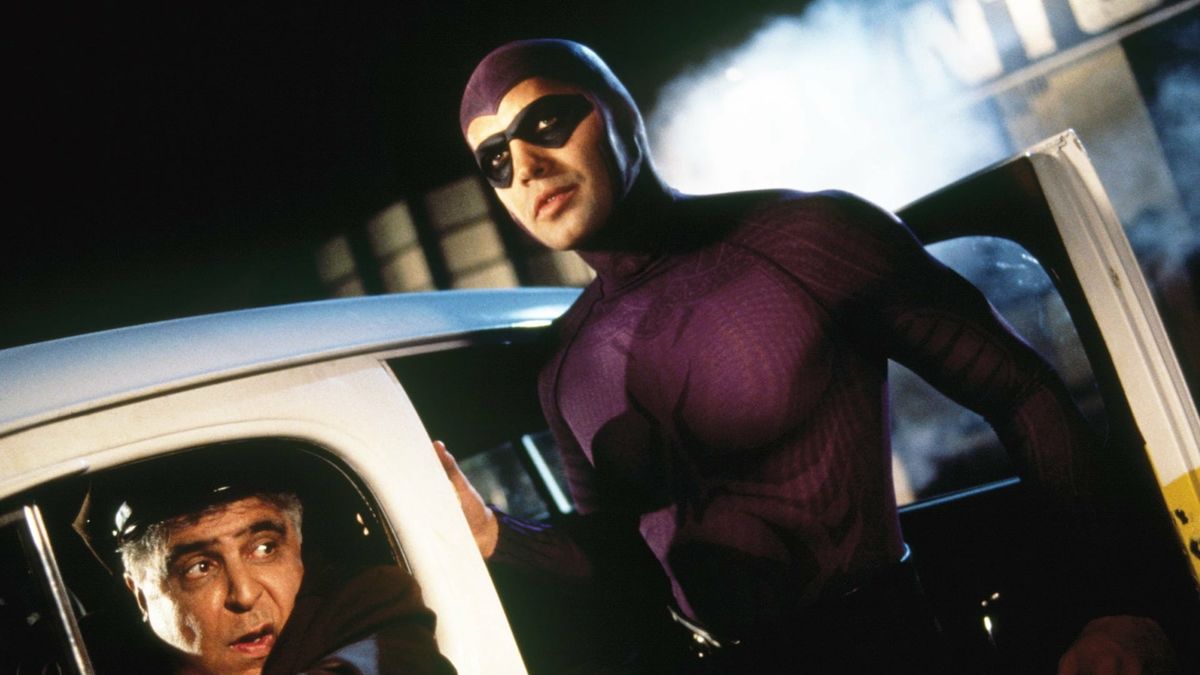
The story began in the 16th century when a young boy saw his father getting brutally murdered by Kabai Sengh, the leader of Singh Brotherhood. The men had attacked their ship, but the young boy jumped into the water to save his life and ended up on the shores of Bengalla. A few tribesmen found him and took him under their care. After his recovery, the young boy took the Oath of the Skull and became a masked avenger. The mantle of the Phantom passed on for four centuries, and in 1938, Kit Walker became the latest Phantom.
He found Quill leading a group of mercenaries who were searching for the Skulls of Touganda, which would grant the possesser immense powers. Quill’s men had abducted a native boy to serve as their guide, but Phantom saved him and also subdued the mercenaries. Later, it is revealed that Quill was a member of the Sengh Brotherhood, the same clan that had slain his father. Quill escaped from the jungles after retrieving the skulls and came to the United States. In New York, Kit’s ex-girlfriend named Diana Palmer, and her uncle Dave Palmer investigate an evil businessman named Xander Drax, who also deals with criminals.
However, Diana gets abducted and is taken to a waterfront base in the jungles of Bengalla. Phantom manages to rescue her from the captors. Yet, Drax and Kabai Sengh, the direct descendants of the man who killed the first Phantom’s father, forge an alliance, and Kit Walker must cross rivers and move mountains to stop them from having their way. The film combines Lee Falk’s stories named “The Singh Brotherhood” and “The Sky Band”. Despite a great performance by Billy Zane, the film didn’t perform well at the box office.
Phantom 2040
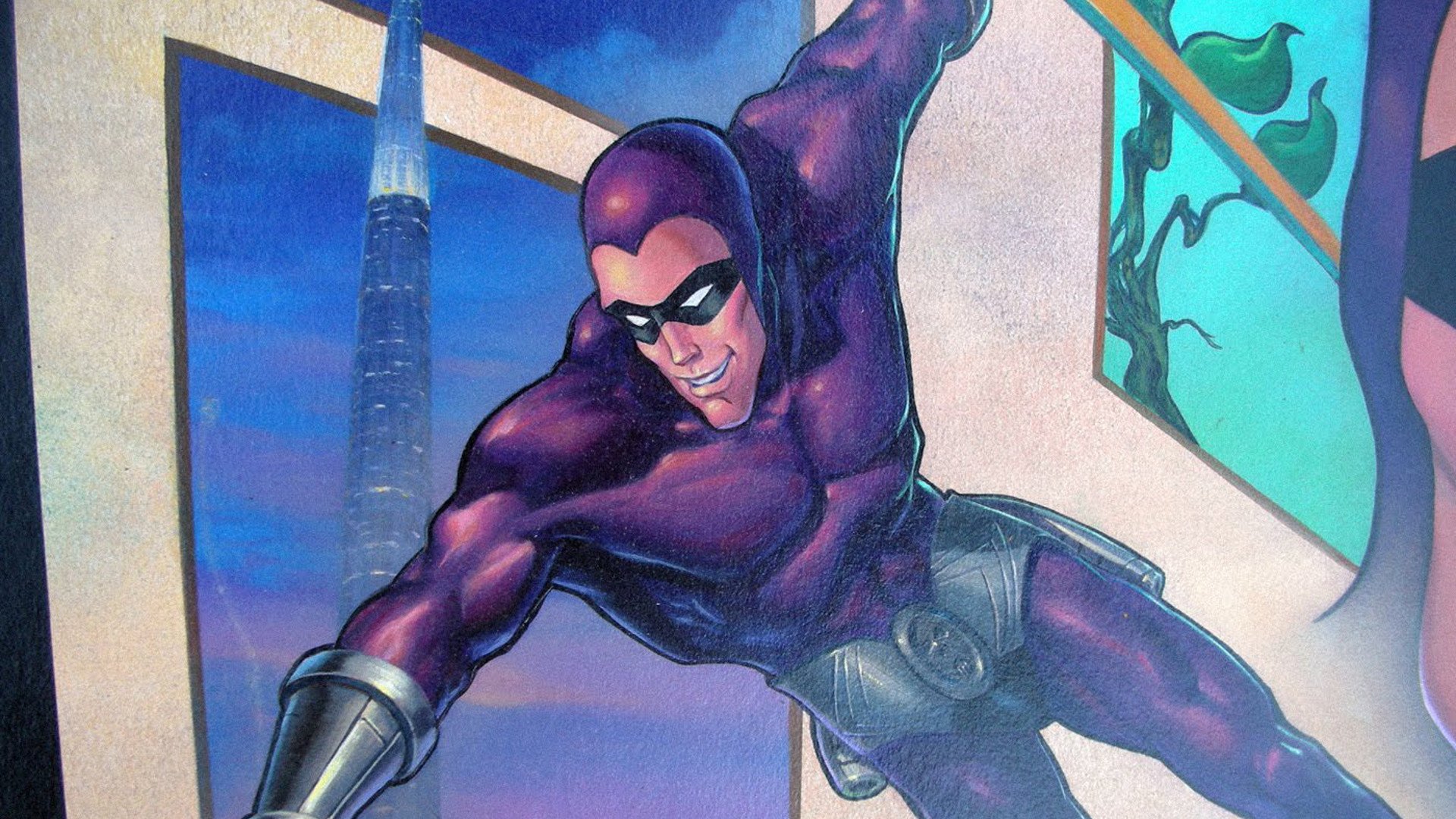
In the year 2040, due to the Resource Wars of the early 21st century and several natural disasters, Earth’s already fragile ecosystem degraded further, and the world started to resemble a post-apocalyptic one. New York City is now called Metropia, the most powerful and the largest of the city-states. The uber-powerful robotics corporation called Maximum Inc. has turned Metropia into a steely urban center with huge skyscrapers that are intertwined with tube trains. While the affluent and privileged lived in expensive buildings, the poor lived outside in the open, under the shadows of such skyscrapers.
They were forced to scavenge discarded food items and goods of the rich people of the forlorn city-states. This has caused large-scale unemployment and only adds to the miseries of the poor. Maximum tries to create an outlook that it wants a progressive future for the residents of Metropia. In reality, it has a nefarious plan of bringing about the Maximum Era, according to which only the rich would survive in the fortresses of Cyberville while the poor would be left to die. Furthermore, according to Maximum Era, Maximum’s robotic armies would take over Metropia.
The only hope for a sustainable future and survival of humanity is the vast jungles of mutated vegetation called the Ghost Jungle. But even the jungles would be rendered useless if not for Kit Walker, the Phantom, a college student who’s been chosen by fate to take charge of the situation and save Metropia from its destined end. Marvel Comics adapted the Phantom from this TV series in a four-issue limited edition.
Phantom was also a part of the 1986 TV series “Defenders of the Earth”, which featured “Mandrake the Magician” and “Flash Gordon”. To know more about these iconic pulp superheroes, you can check out our video titled 10 Forgotten Pulp Magazine Superheroes Of Golden Age – Explained In Detail.
Many scholars who used to be fans of the Phantom comics believe that the superhero has racial overtones because of his dominance of sorts over people of color; for instance, the pygmy tribe that saved the first Phantom was named Bandar tribe, which literally means a tribe of monkeys. Apart from this, Lee Falk’s constant search only took him to places like India and Africa, which used to be colonies of the white people. Although these statements might sound harsh, they are not entirely without merit.
At the same time, we also have to realize that these comics were written back in the 1930s when the social structure and socially accepted norms were completely different from what they are today, and especially when it came to racial tolerance. Therefore, we sincerely believe that Phantom should be given a pass, as Alexander Pope once said, “To err is human; to forgive, divine.”
